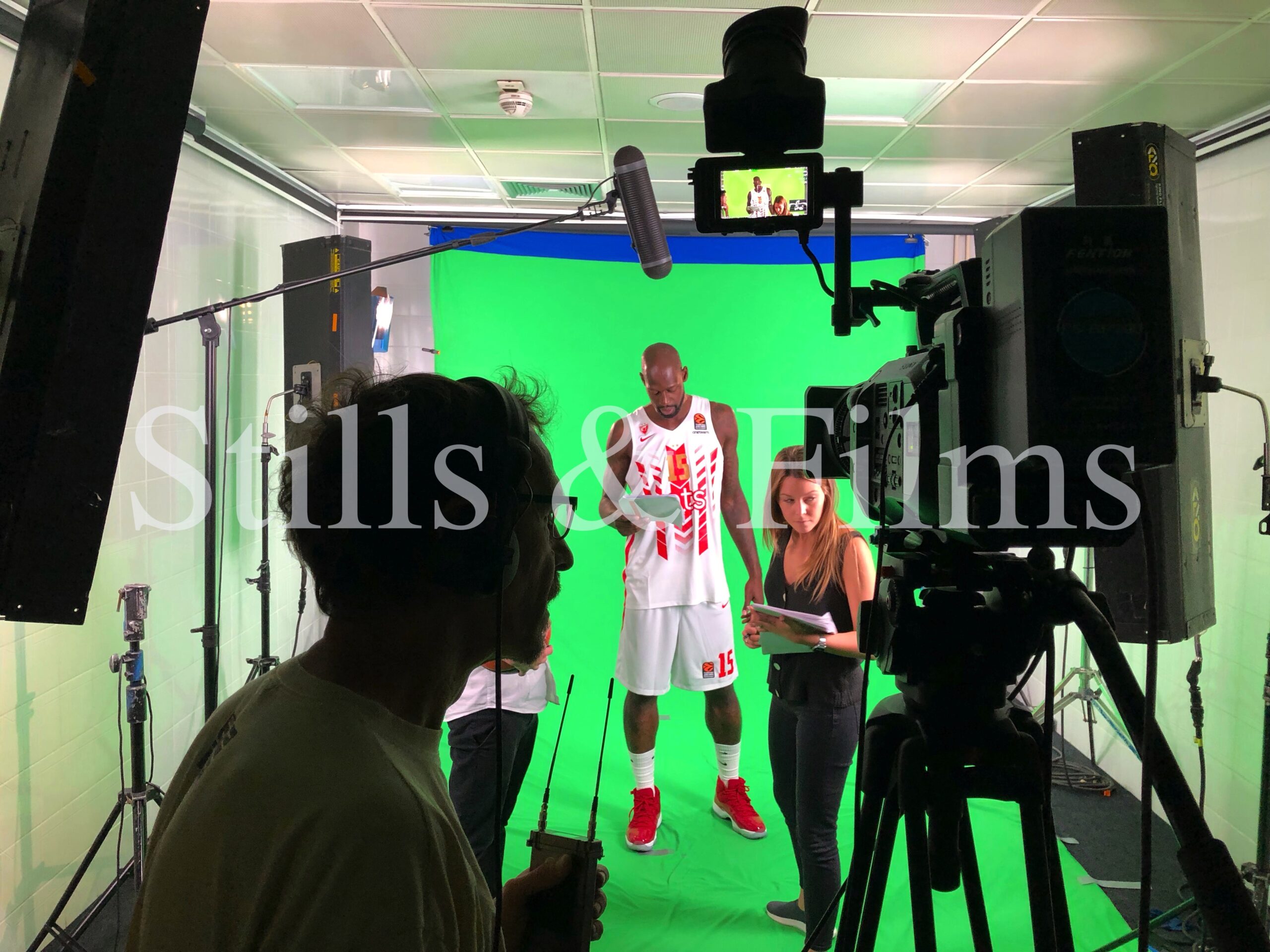How to Optimize Your Videos for Different Social Media Platforms

Vidoe content shoot for social media in Belgrade, Serbia.
Video content has become a powerful tool for businesses and content creators to engage with their audience on social media platforms. With platforms like Facebook, Instagram, YouTube, TikTok, and Twitter attracting billions of users daily, it’s essential to tailor your video content to optimize engagement and reach. Each social media platform has its own unique characteristics, audience demographics, and best practices for video content.
Understand Platform Specifics
Before you start creating video content for social media, it’s crucial to understand the specifics of each platform. For example, Instagram is known for its visually appealing and short-form content, while YouTube is popular for longer and more in-depth videos. By understanding the audience demographics, video length limits, aspect ratios, and preferred content types on each platform, you can tailor your videos for maximum impact.
Video Quality
Regardless of the platform, high-quality video content is essential for capturing audience attention and maintaining viewer engagement. Invest in a good camera, lighting equipment, and audio setup to ensure professional-looking videos. Consider using editing software to enhance your videos, add graphics, captions, and transitions to make your content more engaging.
Aspect Ratios
Each social media platform has its preferred aspect ratios for videos. For example, Instagram and Facebook favor square (1:1) and vertical (9:16) videos, while YouTube and Twitter typically display videos in landscape (16:9) format. By formatting your videos to match the platform’s preferred aspect ratio, you can ensure that your content looks visually appealing and fits seamlessly into users’ feeds.
Captions and Subtitles
Adding captions and subtitles to your videos can significantly improve accessibility and engagement. Many users watch videos with the sound off, so having captions can help convey your message effectively. Platforms like Facebook and Instagram allow you to add captions directly within the video editor, while YouTube offers automated captioning options for easy integration.
Video Length
The ideal video length varies depending on the platform and content type. Shorter videos (30-60 seconds) tend to perform well on platforms like Instagram, TikTok, and Twitter, where users have shorter attention spans. On the other hand, longer-form videos (3-10 minutes) can perform better on platforms like YouTube, where users are more willing to invest time in watching in-depth content. Tailor your video length to match the platform and audience preferences for optimal engagement.
Call-to-Action
Including a clear call-to-action (CTA) in your video is key to driving viewer engagement and interaction. Encourage viewers to like, comment, share, visit your website, or subscribe to your channel to boost engagement metrics. Platforms like YouTube allow you to add interactive elements such as end screens and annotations to direct viewers to other videos or external links.
Consistent Branding
Maintaining consistent branding across your video content is important for building brand recognition and establishing a strong online presence. Use consistent color schemes, fonts, logos, and imagery in your videos to create a cohesive visual identity. Incorporate your brand’s unique style and voice into your videos to make them instantly recognizable to your audience.
Engage with Your Audience
Engagement is key to a successful social media strategy. Respond to comments, messages, and feedback from your audience to foster a sense of community and connection. Encourage viewers to interact with your content by asking questions, running polls, or hosting live Q&A sessions to boost engagement and build relationships with your audience.
Analytics and Optimization
Track the performance of your videos on each social media platform using analytics tools provided by the platform. Monitor metrics such as views, watch time, likes, shares, and comments to understand what type of content resonates with your audience. Use this data to optimize your future video content, experiment with different content formats, styles, and topics to keep your audience engaged and interested.
Optimizing your videos for different social media platforms is essential to maximize engagement, reach, and impact. By understanding the unique characteristics of each platform, tailoring your content to match audience preferences, and incorporating best practices for video production, you can create compelling video content that resonates with your audience and drives results. Experiment with different strategies, analyze performance metrics, and refine your approach to continuously improve your video content and achieve your social media marketing goals.


